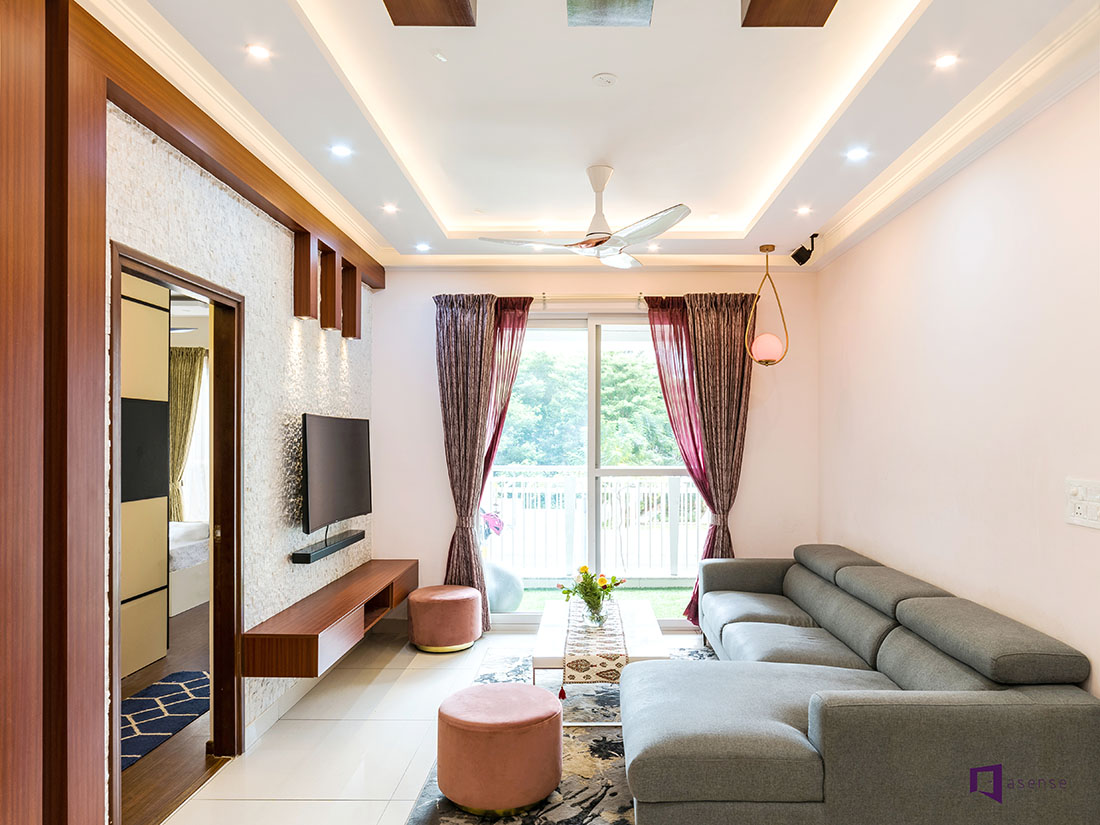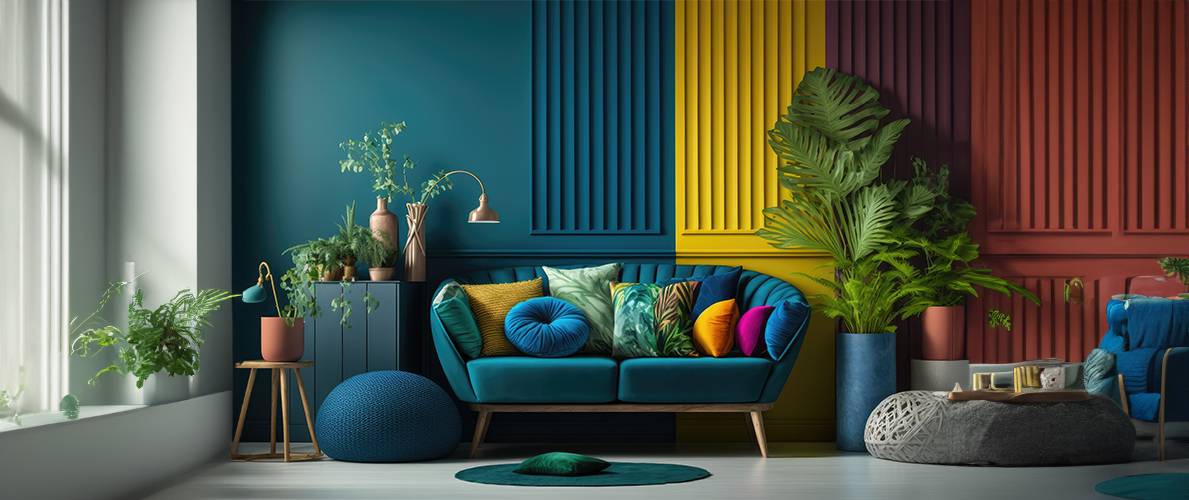Find renowned interior design firms that redefine elegance.
Find renowned interior design firms that redefine elegance.
Blog Article
Change Your Home With Essential Principles of Inside Style and Visual Appeals
The art of changing your home via the important principles of interior decoration and aesthetic appeal calls for a thoughtful method that balances shade, balance, and spatial understanding. By comprehending the impact of shade concept and the value of texture and patterns, one can produce spaces that are not just visually attractive however additionally deeply personal. Achieving this stability involves even more than simple design; it includes a critical arrangement and a keen understanding of how each element interacts within an area. As we check out these fundamental principles, consider exactly how they could redefine your understanding of home and individual expression.
Recognizing Color Theory
Recognizing the principles of shade theory enables developers to create areas that reverberate emotionally with owners while fulfilling practical needs. Each category plays a critical role in establishing consistency within a room.
The mental influence of colors is profound; cozy tones such as reds and oranges evoke energy and heat, while cool tones like blues and eco-friendlies advertise calmness and serenity. In addition, making use of complementary shades boosts aesthetic interest, producing striking contrasts that can raise an area's appeal.
Neutral shades, on the various other hand, function as a flexible background, allowing other style aspects to beam. It is important to think about variables such as lighting and the space's objective when picking a shade scheme, as these can modify the assumption of shades throughout the day.
Inevitably, a well-considered color pattern can change a room, cultivating a feeling of convenience and design that lines up with the citizens' choices. Proficiency of color theory is, for that reason, an important skill for any interior designer intending to develop unified and inviting environments.
Achieving Equilibrium in Layout
Just how can designers accomplish a sense of equilibrium in their spaces? Achieving equilibrium in layout is basic to creating harmonious interiors. Designers can utilize 3 key sorts of balance: symmetrical, unbalanced, and radial. In proportion balance involves arranging components equally around a central point, cultivating a feeling of order and serenity. This type often includes sets of furniture or artwork, boosting visual stability.
Asymmetrical equilibrium, on the other hand, relies upon varying aspects that still accomplish a cohesive appearance. This method permits even more dynamic and informal setups, supplying interest while keeping equilibrium. By carefully picking varying dimensions, colors, and appearances, designers can develop an aesthetically compelling room that really feels balanced yet energised.
Radial equilibrium emphasizes a central focal factor with aspects emitting outward. This design is generally seen in circular designs, where furnishings and design produce a natural surround that draws the eye internal.
Inevitably, achieving equilibrium calls for thoughtful consideration of scale, proportion, and the partnerships in between elements. Architecture Firm. By masterfully using these balance principles, designers can transform areas right into settings that feel both aesthetically pleasing and functionally harmonious, improving the total experience for owners
Importance of Spatial Awareness

An eager feeling of spatial awareness allows designers to determine focal factors within an area, leading the viewer's attention to essential functions while preserving a total feeling of unity. It additionally assists in the critical positioning of lights, which can drastically influence the understanding of area and mood. Comprehending spatial connections enables the designer to provide to the details requirements of occupants, guaranteeing that each location offers its designated purpose without compromising aesthetics.
Inevitably, spatial recognition is vital for making best use of the possibility of any type of interior room. By very carefully considering the interaction between dimensions, format, and function, developers can produce environments that not just meet sensible demands but additionally evoke a feeling of comfort and elegance, improving the overall living experience.
Including Texture and Patterns
Welcoming a diverse variety of structures and patterns can considerably boost the visual and responsive appeal of an indoor space. The critical use of numerous materials-- such as timber, metal, material, and stone-- produces deepness and rate of interest, making a room feel extra inviting and vibrant. Incorporating smooth surfaces with harsh textures can her explanation establish an equilibrium that attracts the eye and engages the senses.
When integrating patterns, take into consideration both scale and rep. Large patterns can serve as prime focus, while smaller sized, subtle styles can complement various other components without overwhelming the room. Layering patterns, such as pairing flower cushions with striped tosses, includes complexity and a sense of consistency if implemented thoughtfully.
It is also crucial to keep a natural color combination, making certain that textures and patterns collaborate instead than complete for interest. By choosing a few key textures and patterns, you can create a linked visual that shows your personal style while enhancing the total atmosphere of the space. Eventually, the careful unification of these components can transform a mundane room right into an advanced environment abundant with personality and warmth.
Personalizing Your Room
Producing a space that mirrors your character is important to achieving an absolutely welcoming environment. Customization in interior decoration permits you to infuse your unique design and rate of interests into your home, changing it from a mere sanctuary into a refuge that speaks with who you are. Begin by choosing a color scheme that resonates with your feelings-- bold tones can stimulate, while soft tones offer harmony.
Incorporate art work and design that mirror your enthusiasms, whether it be traveling, nature, or abstract concepts. Presenting personal collections, such as publications, photographs, or mementos, can stimulate treasured memories and develop centerpieces within a space. Additionally, think about customizing practical items, like upholstered furniture, to straighten with your aesthetic preferences.

Conclusion
To conclude, the change of a home via the necessary principles of indoor design and visual appeal requires a comprehensive understanding of color concept, equilibrium, spatial awareness, structure, and customization. Each aspect adds significantly to developing an unified and functional living atmosphere - Architecture Firm. By thoughtfully integrating these concepts, people can improve the aesthetic appeal and emotional vibration of their spaces, eventually promoting a home that mirrors distinct identifications while giving comfort and practicality
Report this page